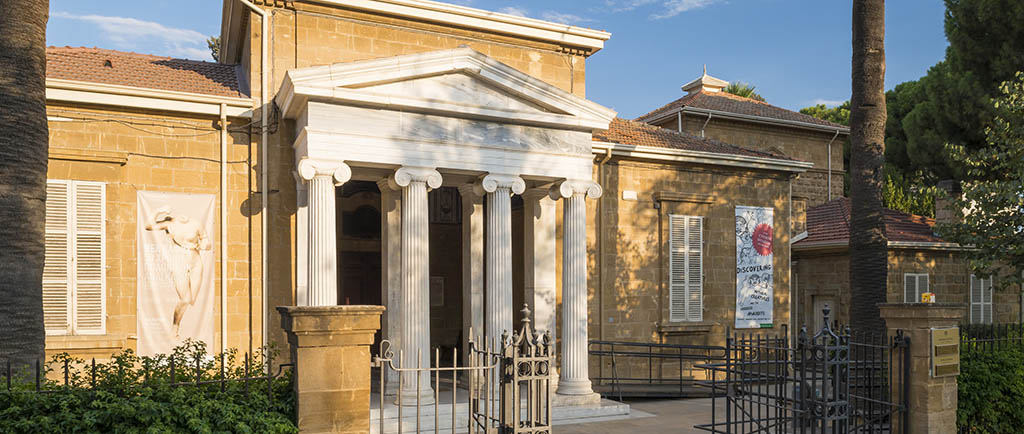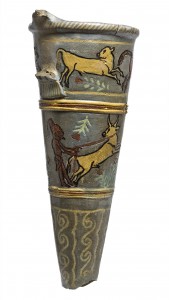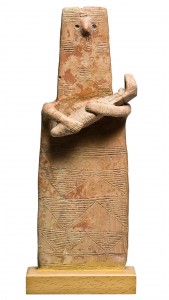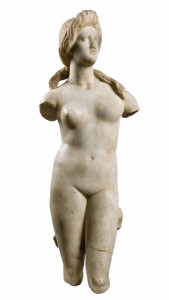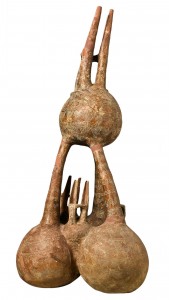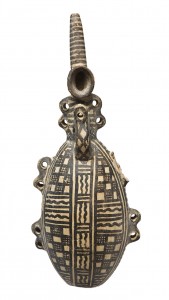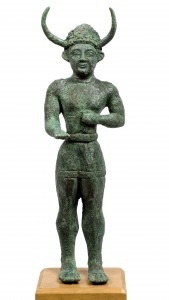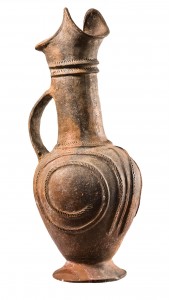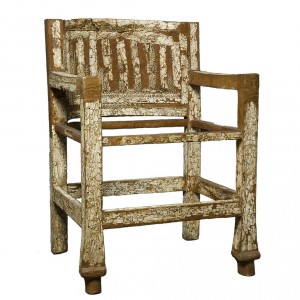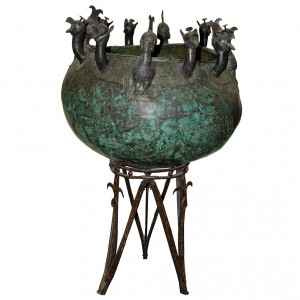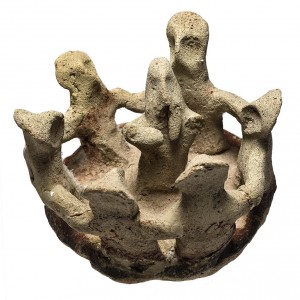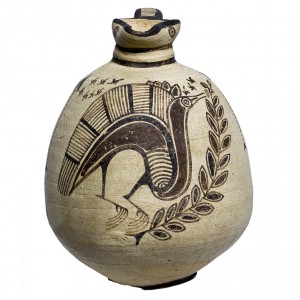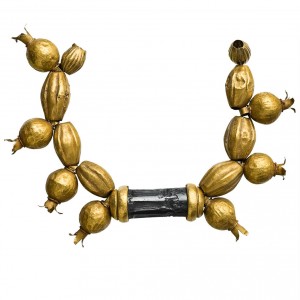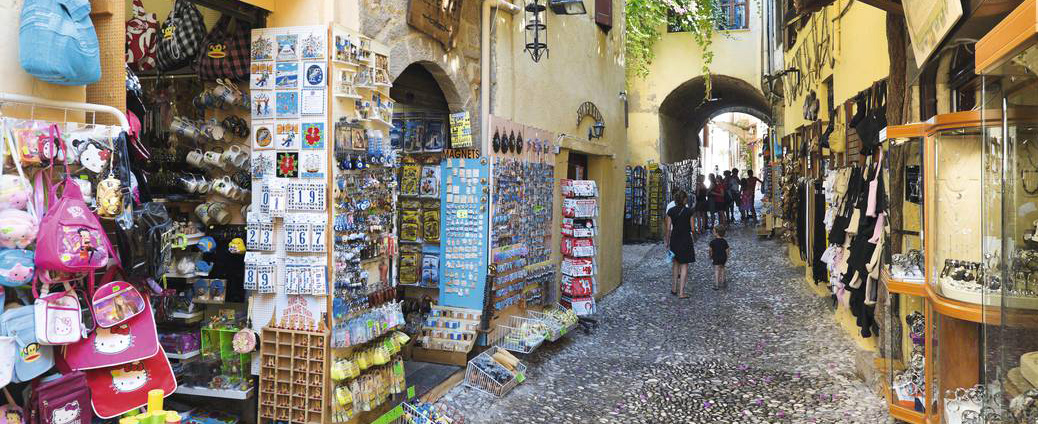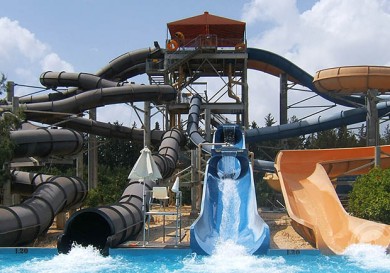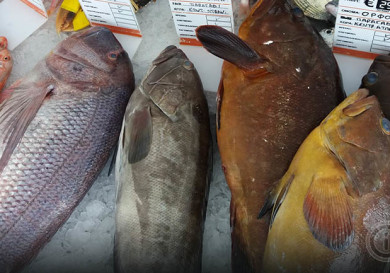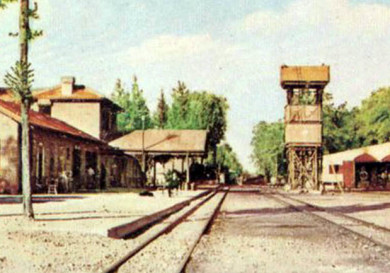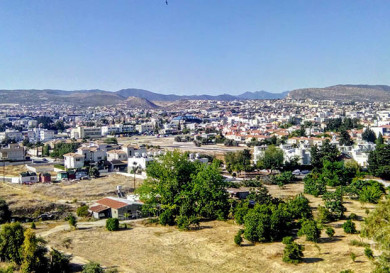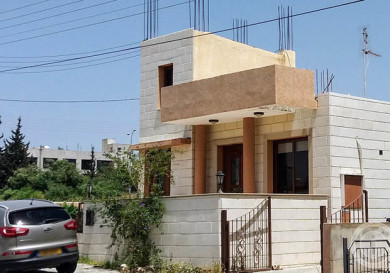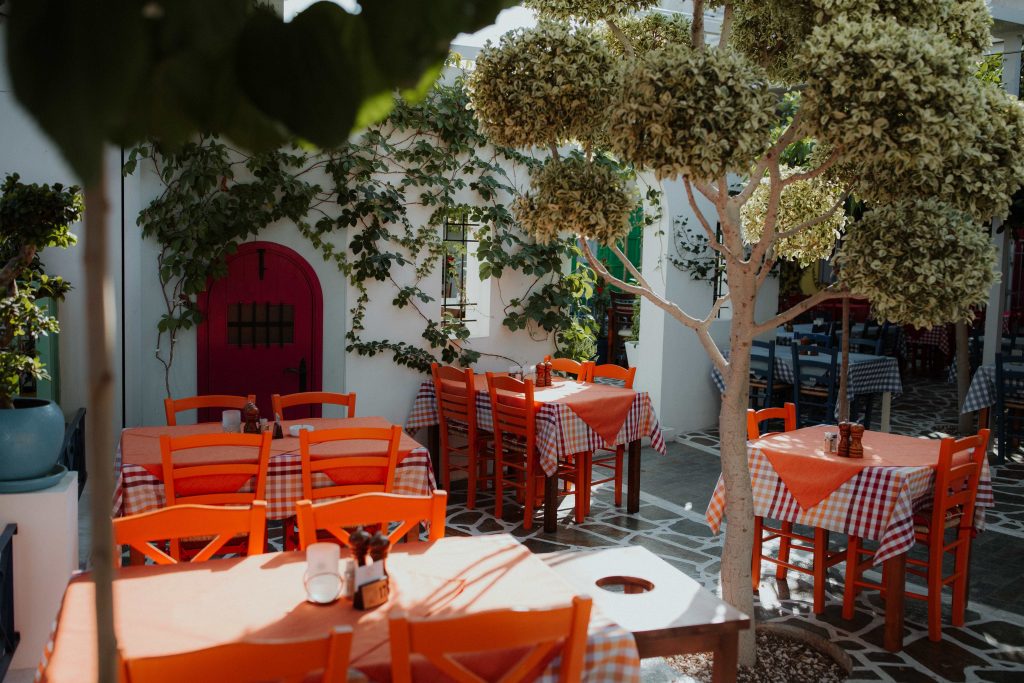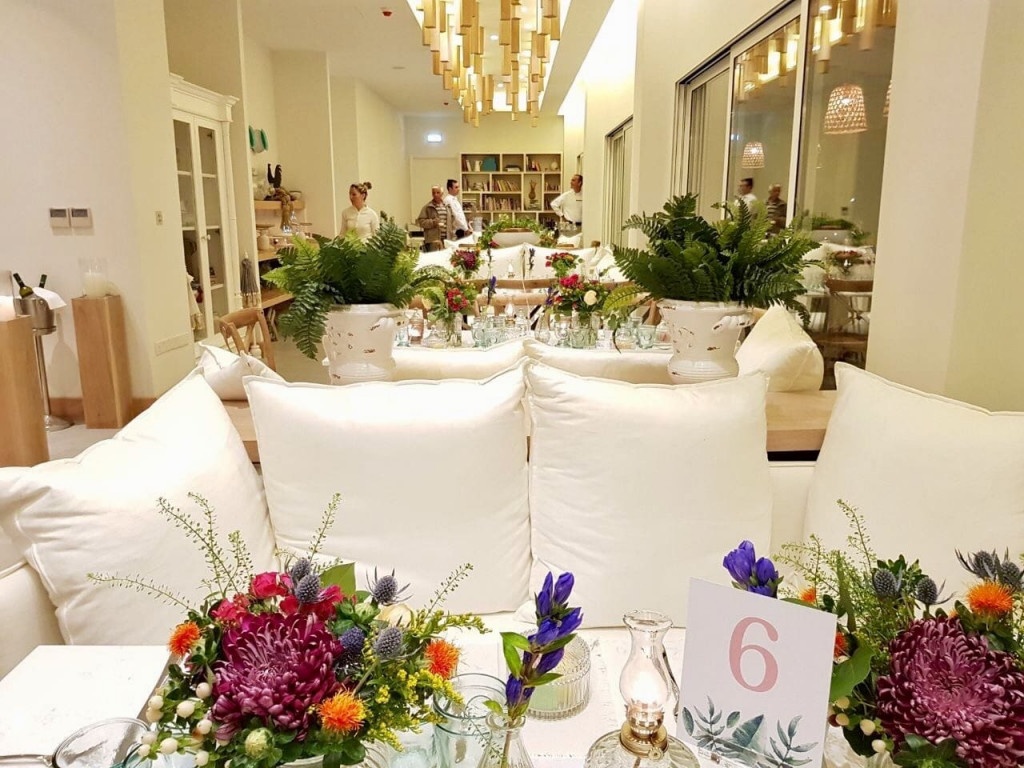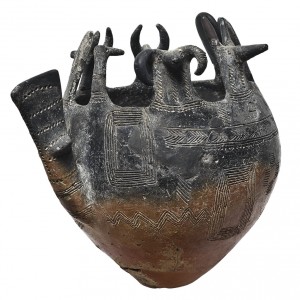 History of the museum
History of the museum
The Cyprus Museum or the Museum of Cyprus, has existed in its present form since 1935. The construction of the Cyprus Museum began in 1907 and the Museum received its first collections in 1909.
However, the museum was founded back in 1882, during the British rule on the island. Locals, led by both their Muslim and Christian leaders, handed over a petition to the British administration to establish a national museum.
Initially the museum was funded by private donations and housed in temporary accommodation, but was moved to its own premises in 1889 on Victoria Street in the walled city of Nicosia. The construction of the current Museum, dedicated to Queen Victoria, began in 1907 and was completed in 1924. The museum that we see today has been expanded several times.
The first Cyprus Museum was created due to the numerous archaeological discoveries, as well as the desire to prevent the illegal export of Cypriot artifacts abroad. One of the most active treasure hunters was the American ambassador of Cyprus, Luigi Palma di Chesnola, who was accused of excavating the ancient settlements and violating the rules of storage and transportation of findings, resulting in considerable loss and damage of items.
What’s interesting and unique about the exhibition?
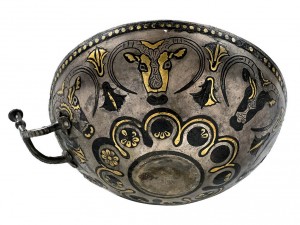 Today the Cyprus Museum in Nicosia is one of the greatest archaeological museums on the island and one of the most important sights of Cyprus.
Today the Cyprus Museum in Nicosia is one of the greatest archaeological museums on the island and one of the most important sights of Cyprus.
The museum has a collection of objects found in Cyprus, representing all stages of the development of the island – from the prehistoric period period (from 10,000 B.C.) to the early Byzantine period (7th century A.D.) Archaeological findings excavated from all over the island are stored in the Cyprus Museum .
The museum exhibition occupies 14 rooms and is set out in thematic and chronological order:
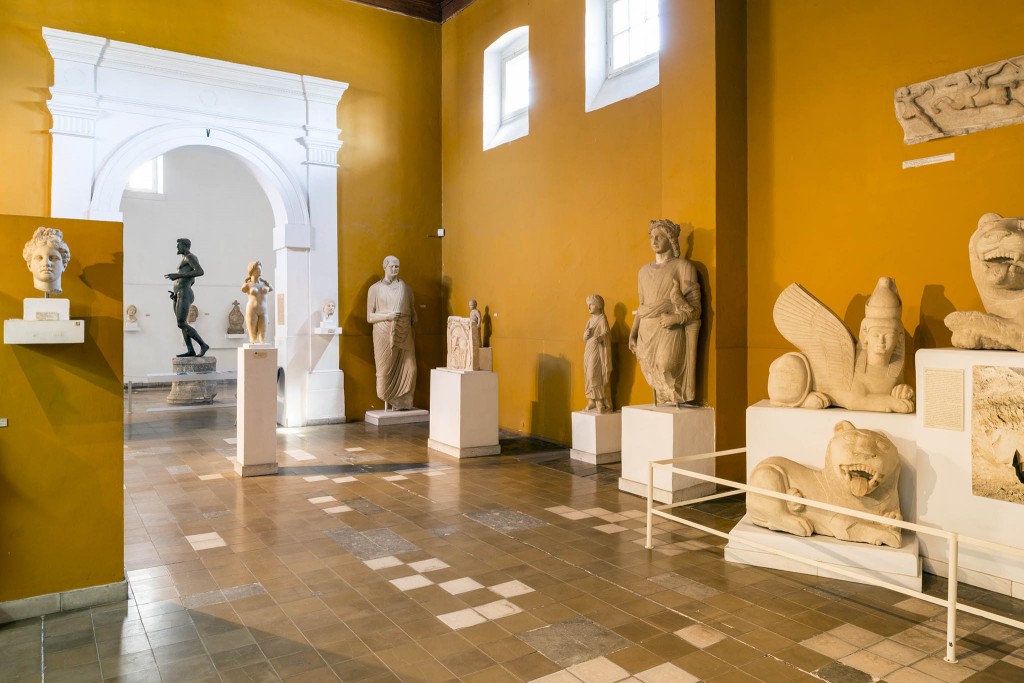 In the hall the Neolithic (Pre-Pottery Neolithic and Ceramic Neolithic) and Chalcolithic periods are represented, dating from 10,000 to 2500 B.C.
In the hall the Neolithic (Pre-Pottery Neolithic and Ceramic Neolithic) and Chalcolithic periods are represented, dating from 10,000 to 2500 B.C.- There are also exhibits from the Early Bronze Age, from 2500 to 2000 BC.
- An extensive collection of pottery is exhibited dating from the Middle Bronze Age to the Roman period, from 2000 to 395 B.C.
- The famous collection of terracotta figurines from the sanctuary of Agia Irini are exhibited..
- This room hosts a rich collection of Cyprus’ sculpture, dating from the Cypro-Archaic to the end of the Roman period.
- The hall is dedicated to Roman sculpture of marble and bronze with the larger than life-size statue of Emperor Septimius Severus dominating the Room.
- The exhibition room contains bronze weapons, statues and utensils, as well as coins, jewellery, lamps, glass vessels and objects made of ivory and faience, dating from the late Bronze Age up to the early Byzantine period.
- In the exhibit room the visitor can see various representations of tombs dating from the Chalcolithic to the Cypro-Classical period.
- The room is dedicated to funerary objects, such as clay and stone sarcophagi and tombstones.
- In the room there are important samples of various scripts used in Cyprus through the ages.
- The room contains artifacts from the ‘royal tombs’ of the necropolis of Salamis.
- Twelfth room is the Cyprus Museum’s Temporary Exhibition Hall.
- In this room marble sculptures from the ancient site of Salamis are exhibited.
- The hall is dedicated to Cypriot terracotta figurines, dating from the Early Bronze Age to the Roman period.
The collection of the Archaeological Museum of Cyprus includes:
- Sculpture.
- Figurines.
- Coins.
- Copper objects.
- Seals.
- Jewellery.
- Clay vessels.
- Stone vessels.
- Stone tools.
- Sarcophagi and tombstones.
- Inscriptions.
- Ancient Furniture.
Among the many artistic and archaeological samples of Cypriot culture, the best known are:
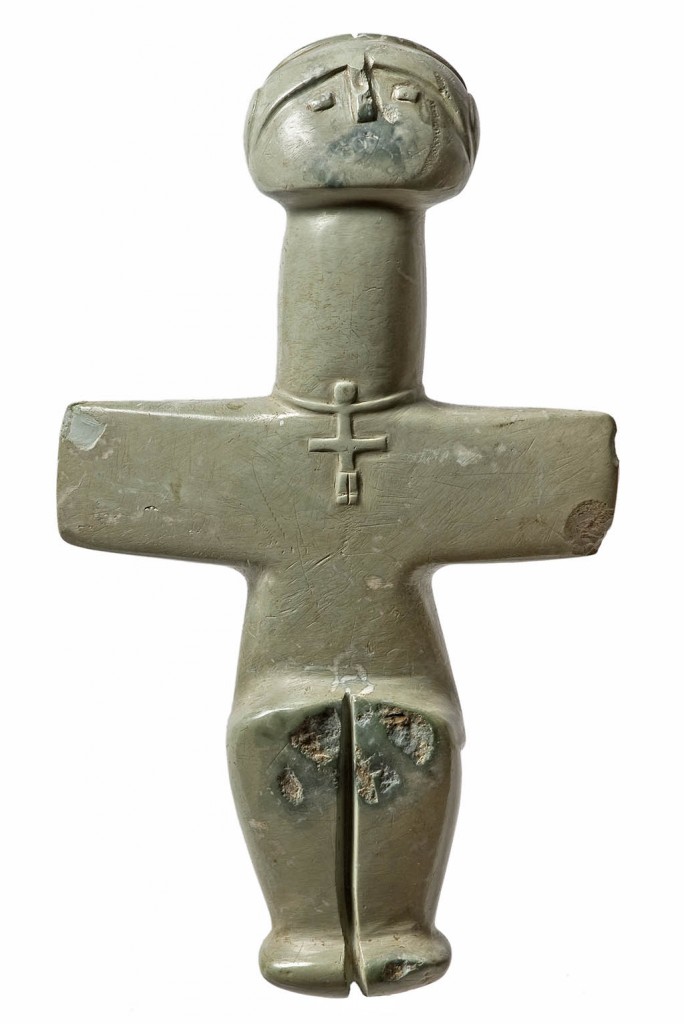 A cruciform anthropomorphic figurine of the Chalcolithic period (3000 BC) from the Pomos area.
A cruciform anthropomorphic figurine of the Chalcolithic period (3000 BC) from the Pomos area.- A marble statue of Aphrodite from Soloi (1st century BC);
- Gold jewellery from the end of the Bronze Age;
- Ceramics from the Early Bronze Age;
- A bronze statue of the Roman Emperor, Septimius Severus, (1st century AD).
Apart from its Exhibition Halls the Cyprus Museum has many conservation laboratories, storage rooms and research rooms for the study of the museum’s coll
Opening hours of the museum
- Tuesday – Friday: from 08:00 to 18:00;
- Saturday: from 09:00 to 17:00;
- Sunday: from 10:00 to 13:00;
- First Wednesday of each month from 08:00 to 20:00;
- Holidays: from 10:30 to 13:00;
- Closed for the New Year, Christmas and Orthodox Easter Sunday.
Tickets
- €4.50;
- for groups of 10 people – 20% discount.
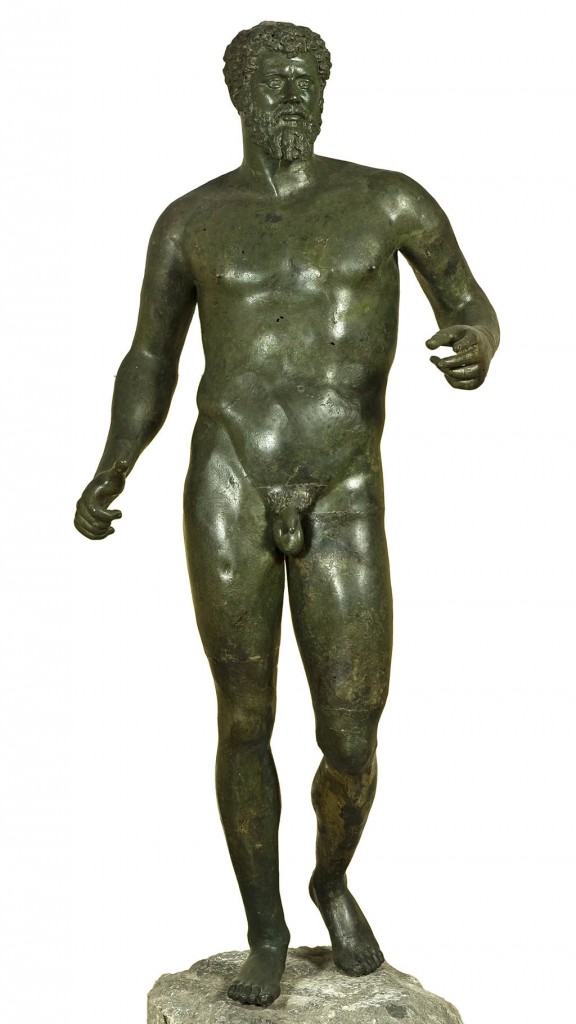 Interesting facts about the museum
Interesting facts about the museum
- Due to the absence of strict legislation during Ottoman and British rule, very large numbers of Cypriot antiquities were excavated and exported from the island. Therefore, many Cypriot antiquities are exhibited in many museums around the world, including the Metropolitan Museum of Art in New York, the British Museum in London, the Louvre in Paris, Stockholm museums and Berlin, as well as the archaeological Museum of Constantinople.
- The British Government passed the first Antiquities Law in 1905, which forbade excavations without a permit and any export of antiquities required permission in writing from the High Commissioner.
- In 1935 the creation of the Department of Antiquities and the enactment of the 1935 Antiquities Law was a step forward towards the prevention of unauthorized excavations and the export of antiquities.
- Due to the absence of marble in Cyprus, the majority of sculptures are made of local stone, such as sandstone, limestone and diabase. Marble sculptures are made from imported marble.
- Due to ongoing excavations, the museum’s collection is constantly enriched. Only a small part of the artifacts discovered are displayed in the museum. Many antiquities are exhibited in the Archaeological Museums of the Limassol, Larnaca and Paphos Districts, as well as at other Local Museums around Cyprus. Plans for the construction of a new Cyprus Museum are underway.
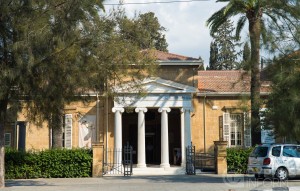 How to reach the museum
How to reach the museum
The Cyprus Museum is located on 1 Museum Avenue in Nicosia.
The museum is located near the central bus station of Nicosia and public parking. Walk straight on Omirou Street, cross over Egypt Avenue (without turning into it) and turn right after 150 metres. The Museum is the first building on this street.
The article was prepared in cooperation with the Department of Antiquities.




